Share
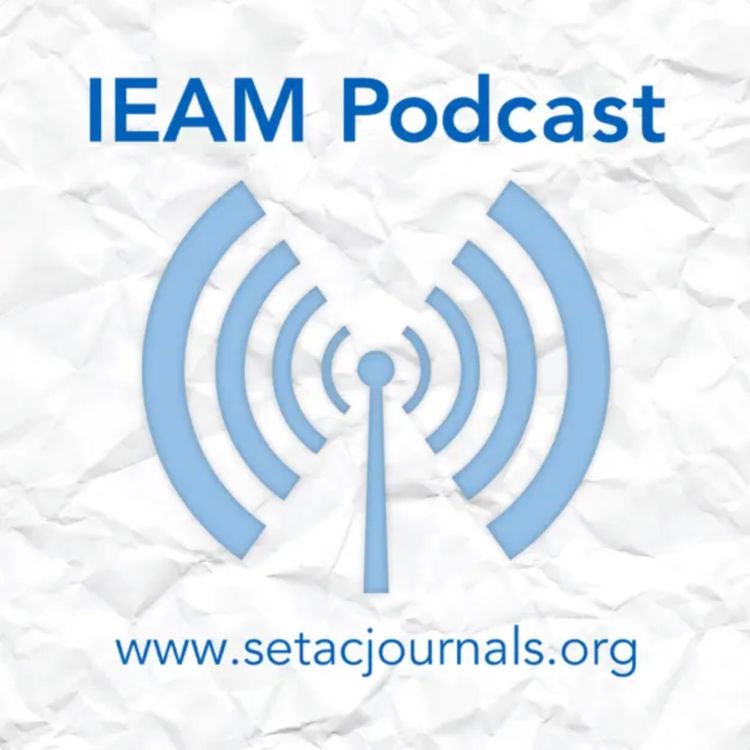
IEAM Podcast
IEAM Podcast 44: In pursuit of safer alternatives using California's SCP Alternatives Analysis with Kelly Grant
Every day we encounter chemicals just by going about our lives—from beauty products in your morning routine, to packaging for your takeout meal, to the furniture you sit on. Chemicals are found in just about everything we touch or consume, and not all of them are completely benign. The identification—and substitution—of safer chemicals is an ongoing work in progress for regulatory bodies and manufacturers alike. In California, the Safer Consumer Products Program is committed to identifying safer alternatives to chemicals of concern through a process called alternatives analysis. Alternatives analysis goes beyond traditional alternatives assessment by requiring the inclusion of broader and deeper aspects such as a greater number of toxicological endpoints and life cycle impacts over a product’s lifespan. We spoke with lead author Kelly Grant to learn more about the SCP program and what it can teach others. Access the article in the July 2022 issue of IEAM.
More episodes
View all episodes
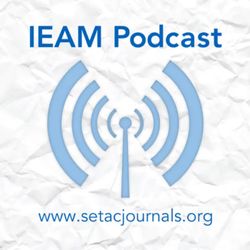
46. The Environmental Consequences of War
23:54||Ep. 46In this special episode of the IEAM podcast, we speak with authors from the special series “Consequences of Modern Warfare on Ecology and the Environment.” The series presents a collection of views from global experts on the broad environmental consequences raised by ecocide as a result of war. We hear from experts on a range of topics including legacy chemicals in Ukraine, the concept of warfare ecology, using remote sensing to track environmental damage when it’s too dangerous to be on the ground, and applying a natural resource damage assessment in Ukraine.All of our authors acknowledge the importance and priority of addressing the human suffering that occurs during armed conflict. However, these experts take a longer, broader view beyond the acute suffering to ask what is needed to sustain the survivors during and especially after the conflict. What will these people need as they rebuild their lives and communities? Access the series in the March 2023 issue of IEAM.
IEAM Podcast 45: Finding the right fit: Modeling US water quality criteria, with Brad Barnhart
12:11|“No water, no life. No blue, no green.” – Sylvia EarleWater is the most important substance on earth. Without it, life would not exist. To ensure that water is safe for drinking, swimming, fishing, and to support wildlife, scientists are constantly updating the criteria that determine if a body of water is protective for biota health or “safe” for human consumption, recreation, or other designated use. In the US, the Environmental Protection Agency recommends using environmental models in the development of water quality criteria; however, a variety of models exist, and they differ in their strengths, limitations, assumptions, and data requirements. In this podcast, we talk with Brad Barnhart, lead author on an IEAM article that reviews environmental models used in developing water quality criteria. The article summarizes the types of models recommended by the USEPA, their attributes, and advantages and disadvantages with each approach, providing readers with a roadmap to help navigate regulatory environmental modeling frameworks. Access the article in the January 2023 issue of IEAM.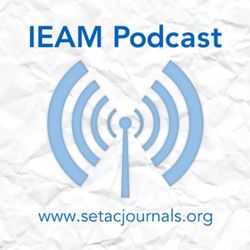
IEAM Podcast 43: Nature knows best: Using nature‐based solutions in the built environment with Amy Oen and Burton Suedel
10:16|In this episode, we speak with the guest editors of an IEAM special series that focuses on nature-based solutions, Amy Oen and Burton Suedel, to learn more. Access the special series, Incorporating Nature-based Solutions into the Built Environment, in the January 2022 issue of IEAM.
IEAM Podcast 42: A New Chapter: IEAM welcomes Editor in Chief Sabine Apitz
09:42|In this special episode of the IEAM podcast, we get to know the new editor in chief of IEAM, Sabine Apitz. Sabine, an oceanographer by training, was a longtime editor with the journal before assuming the helm on 1 January, 2022, the beginning of the journal’s 20th year of publication. Tune in to hear more about Sabine and her thoughts on all things IEAM—past, present, and future.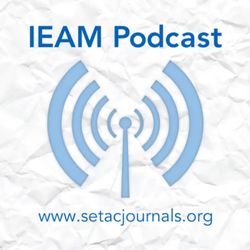
IEAM Podcast 41: The skinny on sunscreens: UV filter impacts on coral reefs with Yasmine Watkins
10:20|We all know that it’s important to protect our skin from the harmful rays of the sun. But what happens to the sunscreen that washes off into the water—whether swimming in the ocean or lake, or down the drain while showering afterward? We have only recently begun to learn about the consequences of sunscreen use, from endocrine disruption to harmful effects on wildlife and environmental damage. The September 2021 issue of IEAM features a special series on sunscreen in aquatic ecosystems. One article reviews the impacts of chemical sunscreens on coral reefs and then identifies knowledge gaps and research priorities. We spoke with lead author Yasmine Watkins to learn more. Access the article "Investigating the exposure and impact of chemical UV filters on coral reef ecosystems: Review and research gap prioritization" in the September 2021 issue of IEAM.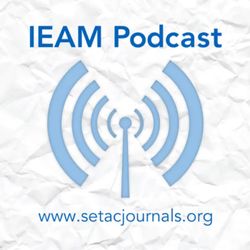
IEAM Podcast 40: A new era for ERA? Using Bayesian Network Models to improve ERA with Jannicke Moe
10:07|Not difficult, just different, is how one author Bayesian Network models (BNs) to researchers that are unfamiliar with and often intimidated by them. A special series in the January 2021 issue aims to dispel the esoteric aura that surrounds this approach by showing how BNs have already improved ecological risk assessments in the past 20 years, with the goal of encouraging more practitioners to employ BNs to continue evolving the practice of ERA and environmental management. Guest Editor Jannicke Moe talks to us about advantages of BNs, recent developments, and highlights the research presented in the series—10 articles demonstrating the application of BNs to various environmental assessment and management scenarios involving climate change, ecological and socioeconomic endpoints, machine learning, diagnostic inference, and model evaluation. Access the series “Applications of Bayesian Networks for Environmental Risk Assessment and Management” in the January 2021 issue of IEAM.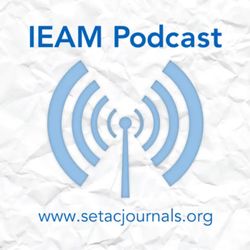
IEAM Podcast 39: Gene drives - Navigating perils of engineered eradication with Christoph Then
10:40|Imagine a world without natural enemies like parasites or deadly pathogens. Where crops grow unfettered by rodent and insect pests. Advances in genetic engineering now hold the possibility to alter genomes at the population level, but is it too good to be true? A critical review in the September 2020 issue of IEAM delves into environmental risk assessments for controversial gene drives in the European Union. Lead author Christoph Then talks with us about the challenges facing risk assessors of gene drives and a potential cut-off criteria presented in the study.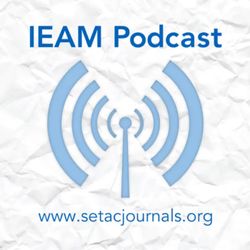
IEAM Podcast 38: First peoples, last in environmental justice with Nil Basu
11:02|Indigenous peoples around the world face multiple injustices as a result of environmental pollution. These highly vulnerable populations make up just 5% of the global population yet experience a disproportionate number of negative impacts from pollution that affect their environment, health and well-being, and culture.